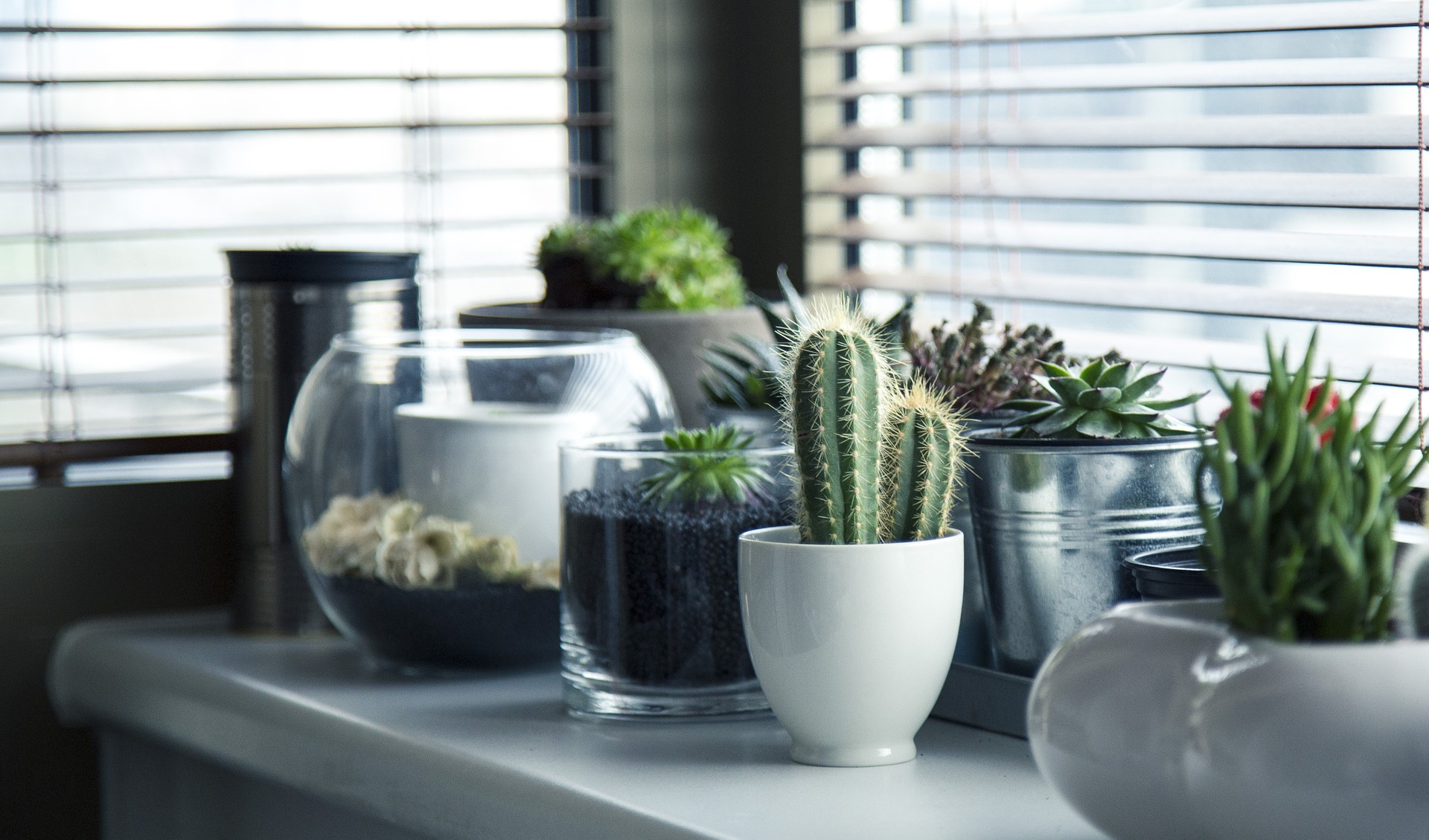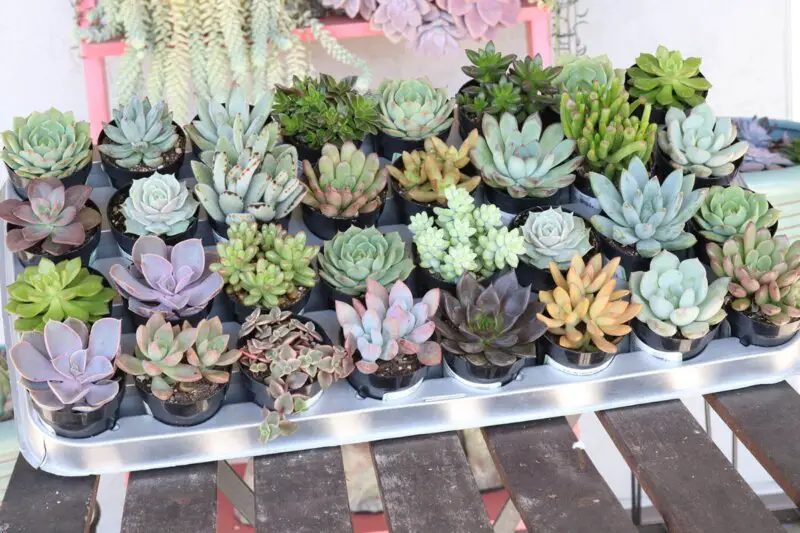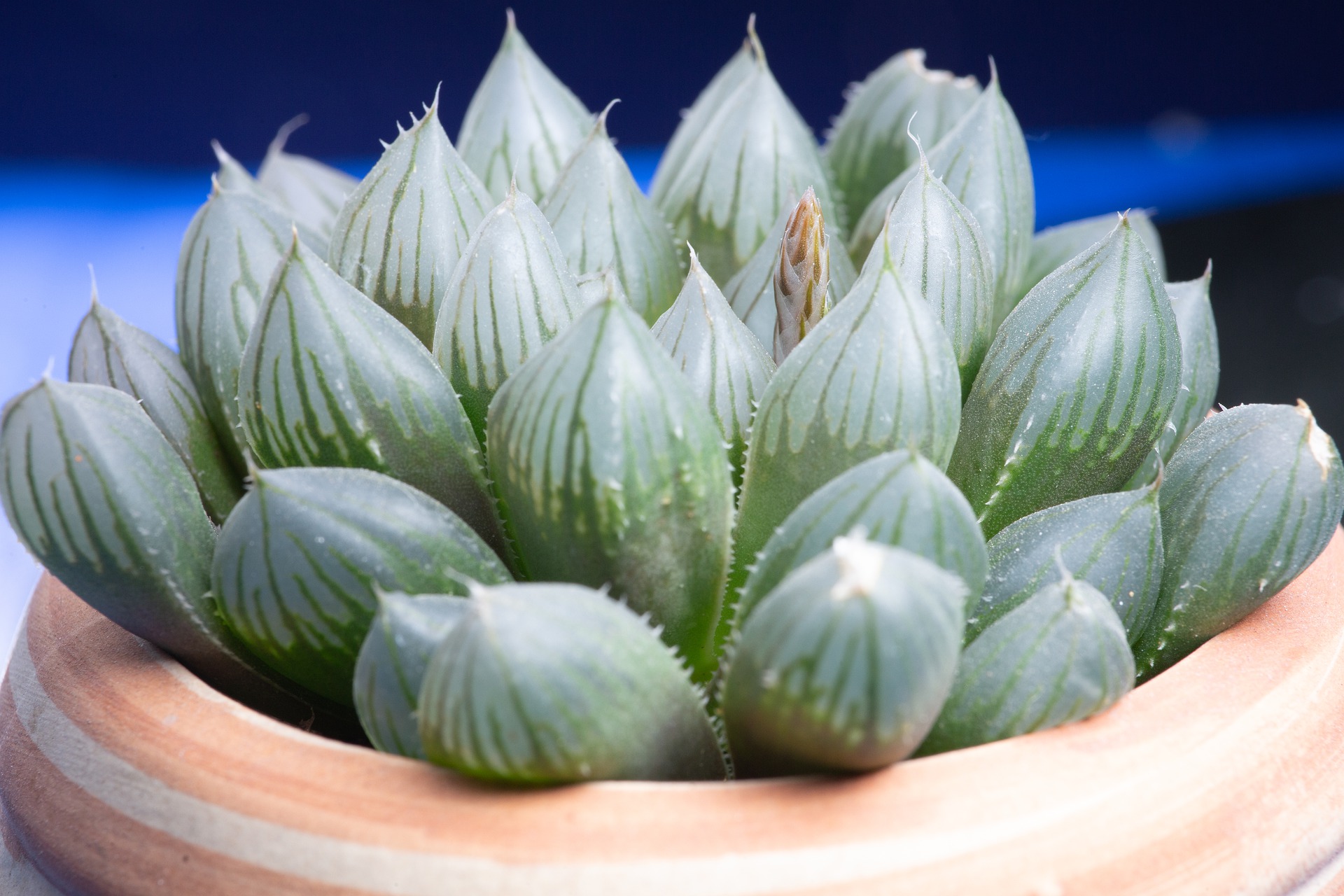Succulents are a delicate but straightforward type of plant to own. However, severe sun exposure may kill or affect some fresh succulents depending on their group type, color, or originality.
Nevertheless, daily, 6-8 hours of direct sunlight for most indoor succulents is enough. While for outdoor succulents, 6 hours of indirect sunlight every day is perfect but under shade or low light.
Can Succulents Live Outside?
Succulents can live outside their original habitat. The Southwest native succulents, including Yuccas, Cacti, and even the Aloe from South Africa, are outdoor plants.
It may surprise you that they can survive at home away from their natural surroundings if given more sun.
Different Types of Succulent Plants
With about 1000 types to plant, the succulent should provide a green thumb in your house, whatever the season. However, they bear dissimilar sizes, colors, textures, and genes. To dive further into succulents, a few common types are available around the globe.
Aloe, Haworthia, Echeveria, Jade Plant, Kalanchoe, Gasteria, Agave, and Aeoniums. Also, Snake Plant, Rosette, Sansevieria, Senecio, Euphorbia, and Zebra are other outstanding types of succulents.

How to Care for Indoor Succulents
Do succulent plants need sunlight?
Some may require direct sunlight and other indirect light. As mentioned above, it depends on a few aspects. However, the outdoor succulents need a suitable shade or low light as direct sun hinders them.
Nevertheless, their secret is to receive similar treatment like their origin sites. Hence, proper plant care is a critical stage when succulents grow.
So, to produce and maintain a green, healthy but desert plant, consider the below vital caring points.
1. Simple Beginning
Plants with bright colors need the support of direct sun—instead, plant easy-to-maintain types like the Sansevierias, Gasteria, and Haworthia.
These plants originate from Madagascar and South Africa, respectively, and grow 8 inches. Their green nature works well with indirect light. Hence, they are the best choice to begin your project, as some don’t tolerate full sun exposure.
2. Water
Overwatering your plant is risky and may cause its roots to rot. Also, they need more humidity and not be soaked in water. So, water them through the soil directly, not over the plant. Here is a quick look at their required watering pattern.
- Summertime – Weekly
- Spring – Bimonthly
- Winter – Monthly
3. Use Pots
Succulents are not garden plants but are suitable for potting soil. Furthermore, use a container with proper water drainage.
4. More Sun
Do succulents need a lot of sun?
Yes, unlike other vegetation, your new plant needs enough sunlight to grow. So, it is best to position it at the windowsill or facing the window.
At the brightest window, succulent sunlight requirements are 6-8 hours of sunlight per day.
To make work easier for you, expose them to the half-day morning sun; after that, provide a shade. However, this action will depend on the latitude and your location.

5. Pests
Growing succulents in an airy area will block unwanted guests like the scale, mealybug, and aphid pests. However, if your plant gets infected, separate the affected one to prevent rapid spreading.
Besides that, keep the room surface and leaves dry to keep mold from growing.
6. The Right Soil
The coarse soil is a fast-draining type; thus, great for planting succulents. For better results, give the plant a desert feel. Add some extensive eye sands to the soil where there is no container use.
But for pots, add an equal measure of soil and pumice to the container. When planting euphorbias or cacti, put more pumice, but reduce sedums.
What’s Unique about Growing Succulents?
Every plant is unique in its way; however, for succulents, most beginners say they are distinctive and matchless with succulent parts. Here is more!
-
It Retains Water
Succulents are a particular group of plants with thick, fleshy stems and leaves. Hence, they tolerate water stored in their succulent leaves, roots, trunks, and stems.
That is why the Christmas Cactus, Cacti, and Aloe Vera plants are favorite plants in most American homes growing succulents.
-
Improves Surroundings
When you have indoor succulents in your room, they brighten and add décor. Unlike other dull flowers and plants, they will improve your moods and reduce other indoor contaminants.
-
It's Economical
These amazing florae use less fertilizer and less water. Their growth is rapid during the summer and spring but dormant during the long winter.
So, they can go without water and fertilizer. Hence, unlike the typical indoor plant, they are economical.
-
Drought Resistant
Not all indoor plants can stay without water, fertilizer, and sunlight like succulent plants. This plant is drought-resistant, which basically means it can survive in your backyard or house, even if you live in a super dry climate. While it’s indoors, the room gets bright light with no effects on the surroundings or itself.
-
Great Physical Form
Succulents have a perfect physical structure, unlike other indoor or garden plants. So, here are some exclusive traits of outdoor succulents or indoor succulents should you struggle to spot one.
- It carries water storage cells.
- The plant has thick and fleshy leaves.
- It has flesh and heavy stems.
- The plant has a rounded form.
- It is evergreen with perennial features.


